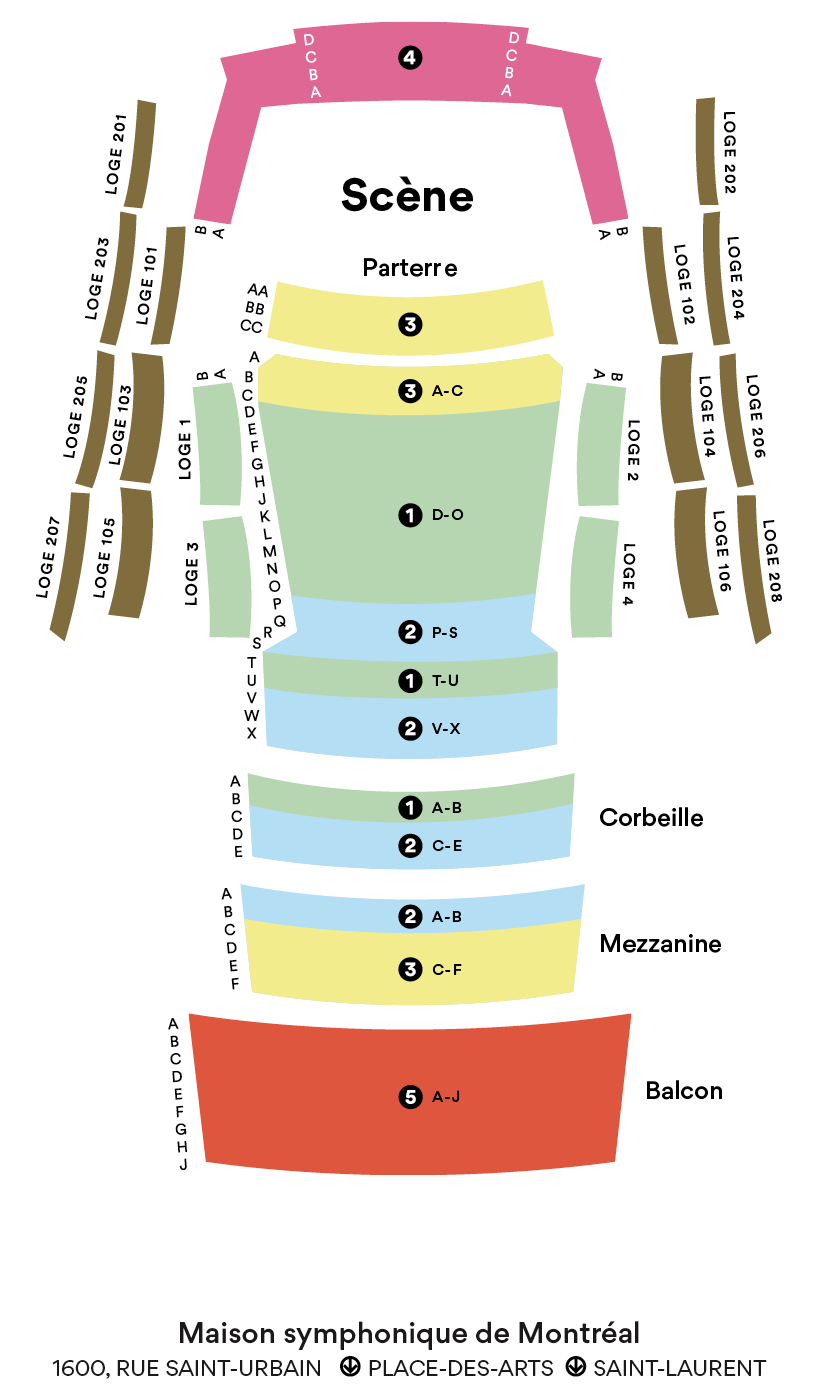Symphony nᵒ 2
Rachmaninov
1873 – 1943
This piece, composed before his exile outside of Russia following the 1917 Russian Revolution, is the most famous of Rachmaninoff’s three symphonies. His confidence was deeply shaken by the failure of his first symphony in 1895, and it took him many years before he attempted writing another symphony. Even the wide acclaim of his second piano concerto in 1901 wasn’t enough to convince him. It wasn’t until 1906 when he decided to settle in Dresden, Germany, with his family to dedicate himself to composition full time, that he started writing Symphony No. 2.
He completed it the following summer during a trip to Russia, and conducted the premiere himself in Saint Petersburg in 1908. Though it was a resounding success, it took nearly 20 years for him to compose his third and final symphony, which made its premiere in 1936.
Throughout Symphony No. 2, Rachmaninoff links movements with the same themes and motifs. These particularly efficient themes prove once again the composer’s great melodic talent. The theme that opens the third movement was even used in Eric Carmen’s 1976 song “Never Gonna Fall in Love Again.” This wasn’t the first time the singer-songwriter borrowed from Rachmaninoff; he was inspired by the second piano concerto in writing the melody of his hit, “All by Myself.”
